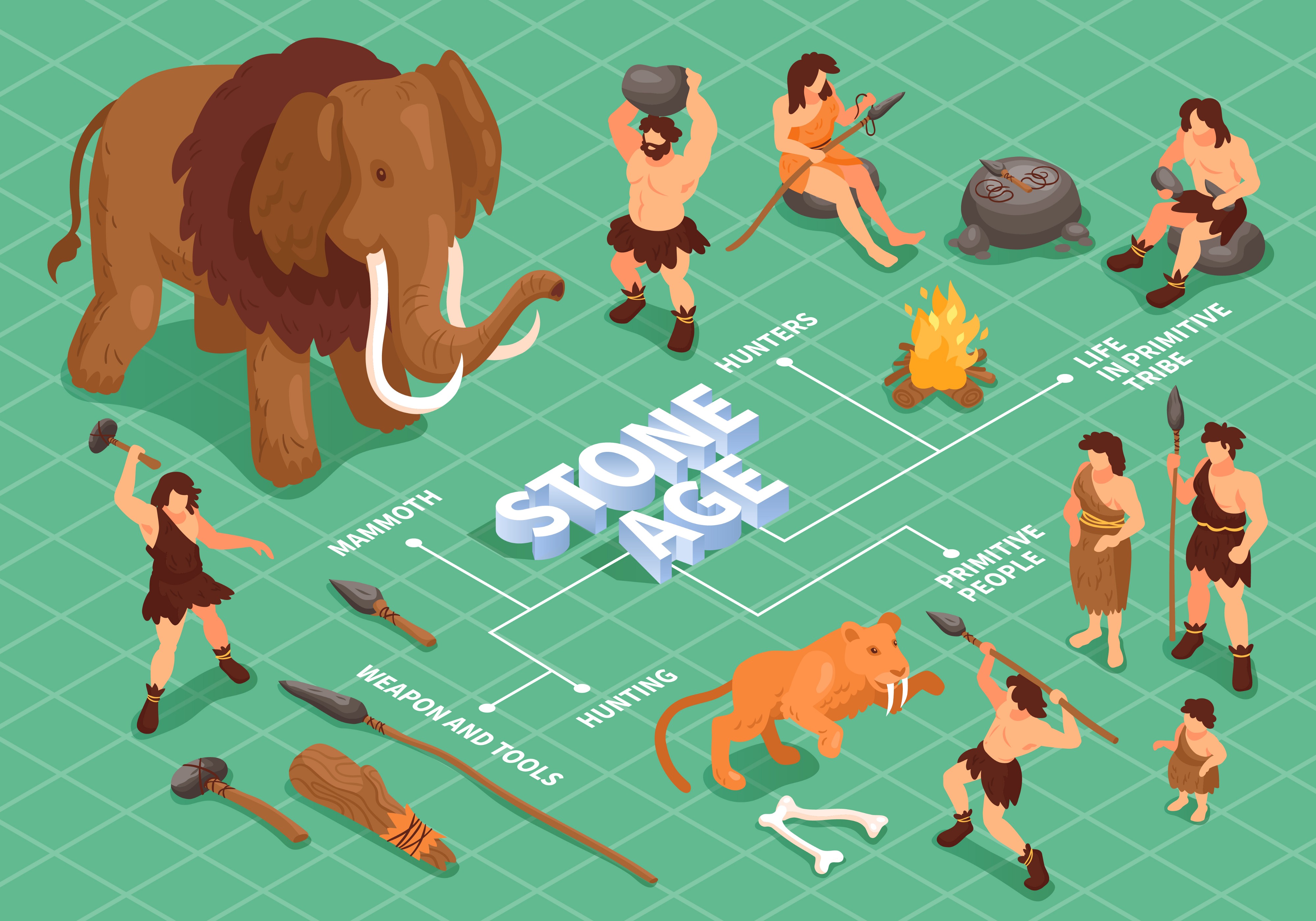Companies are adopting AR and VR to adapt to the COVID-19 pandemic

Two virtual reality and augmented reality experts discuss the ways in which organizations are using the technologies in their businesses.
Dijam Panigrahi: This is a medium which allows you to do something, the next best thing you can do in terms of being physically there. And this is an excellent medium that solves that problem right now. What the restrictions are there around traveling and people operating from houses, and you still need to have those businesses keep running, and this is a medium providing excellent opportunities.
A few of the use cases where this has been really amazing has been trying to view and repair things remotely. All of a sudden, all these complex machines, whether you are talking in the medical industry or aerospace and defense automotive, this is being now serviced remotely.
This is made possible only because of augmented reality and virtual reality. Otherwise, it would have been a big struggle with all that restriction around travel and social distancing norms and all being in place. The other has been on the training front. There’s nothing which is as good, you can’t do anything better than train people in a virtual environment like with VR and AR, which has been huge in terms of keeping those businesses running. This is at least a couple of use cases which have been absolutely tremendous to keep many of those companies. You will see, whether it’s Nestle, or whether it’s Ford … take any industry, big companies over there, they have been leveraging this technology to keep things moving during this pandemic.
Karen Roby: Talk about some of the specific ways you’re seeing this with training and other ways to keep people connected from a safe distance.
Rishi Ranjan: Just to capture that, we are very focused right now on aerospace, automotive, and defense manufacturing. In the case of training, our customers cannot bring their customers, their employees, on premise. There are restrictions all the time that only you can run at 10% capacity. Now, with mixed reality their employees can start training on all these complex machines in their living rooms. And they expect these whole work-from-home restrictions to at least remain there for one and a half year more. The lapses and everything are out.
Now, they’re seeing that they don’t have to really slow down on any front on training. They can train on a very complex space, spaceships, cars. All of those, they can keep training. They can even keep designing all of those things without any significant impact on them. And you can see that similar thing in medical, that now doctors cannot travel, but now the people who are remote, they can get hands-on help remotely from the doctors who are exported. Again, we are not focused on those verticals right now. But we know that very similar use cases are being used in the other workspaces.





